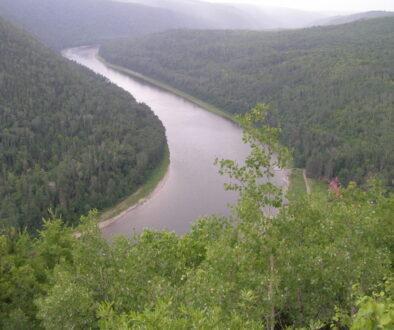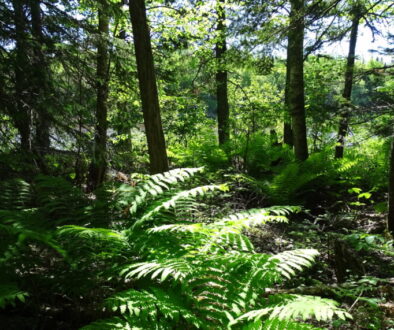Help protect New Brunswick’s forests!
![]()
New Brunswick currently protects less than 4 percent of our forests from development and industrial activity. That is way below the bare minimum needed to conserve our wildlife and wilderness values for the future. New Brunswick is second to last of all provinces in Canada in the proportion of land we’ve protected. It’s nowhere near enough!
New Brunswick’s Acadian Forests dominate our landscape. Their long-lived, towering trees keep our rivers cool and filter their waters. They provide homes for iconic Canadian species, including Canada lynx, American marten, flying squirrels, moose, deer, and once even caribou. Warblers, barred owls, hazelnuts, and fiddleheads have thrived in the midst of these giants.
New Brunswick currently protects less than 4 percent of our forests from development and industrial activity. That is way below the bare minimum needed to conserve our wildlife and wilderness values for the future. New Brunswick is second to last of all provinces in Canada in the proportion of land we’ve protected. It’s nowhere near enough!
CPAWS had recommended that at least 17 percent of New Brunswick’s Crown land, including the largest patches of old forest, be designated by 2015 as permanently protected areas. We also asked the province to immediately take action to keep all of the Crown land they were conserving as old forests, wildlife habitat and riverbank buffers.
In 2014, the New Brunswick government released its 10-year plan for Crown lands, and chose not to accept our recommendations.
- What's wrong with the current forestry strategy for Crown lands
- New Brunswickers have rejected this before
- What is CPAWS recommending?
- How you can help
The provincial government created new Protected Natural Areas in 2014. This brought New Brunswick’s proportion of protected land up to 4.7 percent of the province. The national average is 10 percent.
At the same time, government removed conservation from more than one-quarter of our public land they used to manage to conserve fish, wildlife habitat and our rivers. The forestry industry has access to these previously conserved habitats for increased logging and clear-cutting. Researchers are very concerned that it will be difficult to conserve viable populations of all our wildlife under this plan.
The strategy puts at risk our cold-water rivers and their wild Atlantic salmon populations. Old forests in the headwaters of the Restigouche and Miramichi Rivers used to provide shady habitat, but now are open for increased clear-cutting.
At the same time, government will allow industry to double the amount of tree plantations, to occupy one-quarter of Crown forests. Tree plantations are NOT the same as old growth mixed forests, and take away habitat vital for the survival of native wildlife such as barred owls, flying squirrels and American marten.
For our forests to be resilient to climate change, we need to conserve diversity and natural forests. The current strategy is reducing natural diversity in forests and along waterways. This increases the risk new or increased pests and diseases, droughts, floods and fires will degrade our forests.


